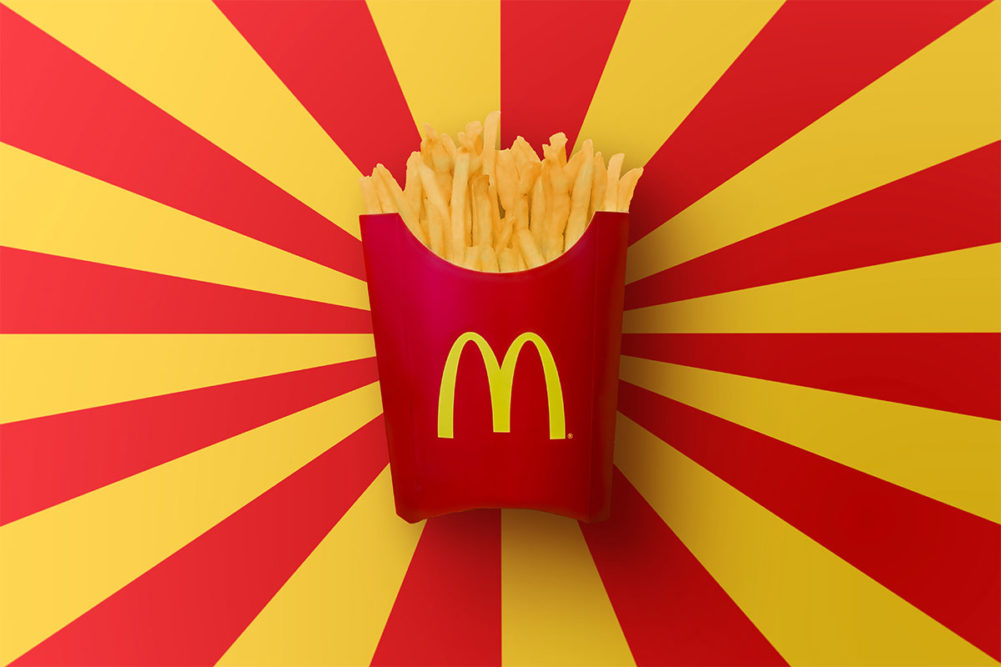
McDonald’s Corporation stands as a colossus in the global fast-food landscape, renowned universally for its signature offerings like hamburgers, french fries, the Big Mac, Quarter Pounder, and Egg McMuffin, alongside the popular Happy Meal. With its base in Chicago, the company has cultivated one of history’s most successful marketing narratives.
Tracing its origins to a drive-in restaurant established in 1940 by brothers Maurice and Richard McDonald in San Bernardino, California, the business underwent a significant transformation in 1948. The brothers re-envisioned their operation to prioritize producing vast quantities of food at competitive prices, pioneering a method they termed the Speedee Service System. This system introduced a self-service counter, eliminating the need for traditional waitstaff.
By 1949, the menu had been streamlined to feature core items such as 15-cent hamburgers, shakes, and fries. A key efficiency of the Speedee Service System was cooking hamburgers ahead of time, wrapping them, and keeping them warm under heat lamps, allowing for rapid customer service. The model proved highly successful, leading the brothers to initiate a franchise program that expanded to include 10 additional restaurants beyond their original San Bernardino location.
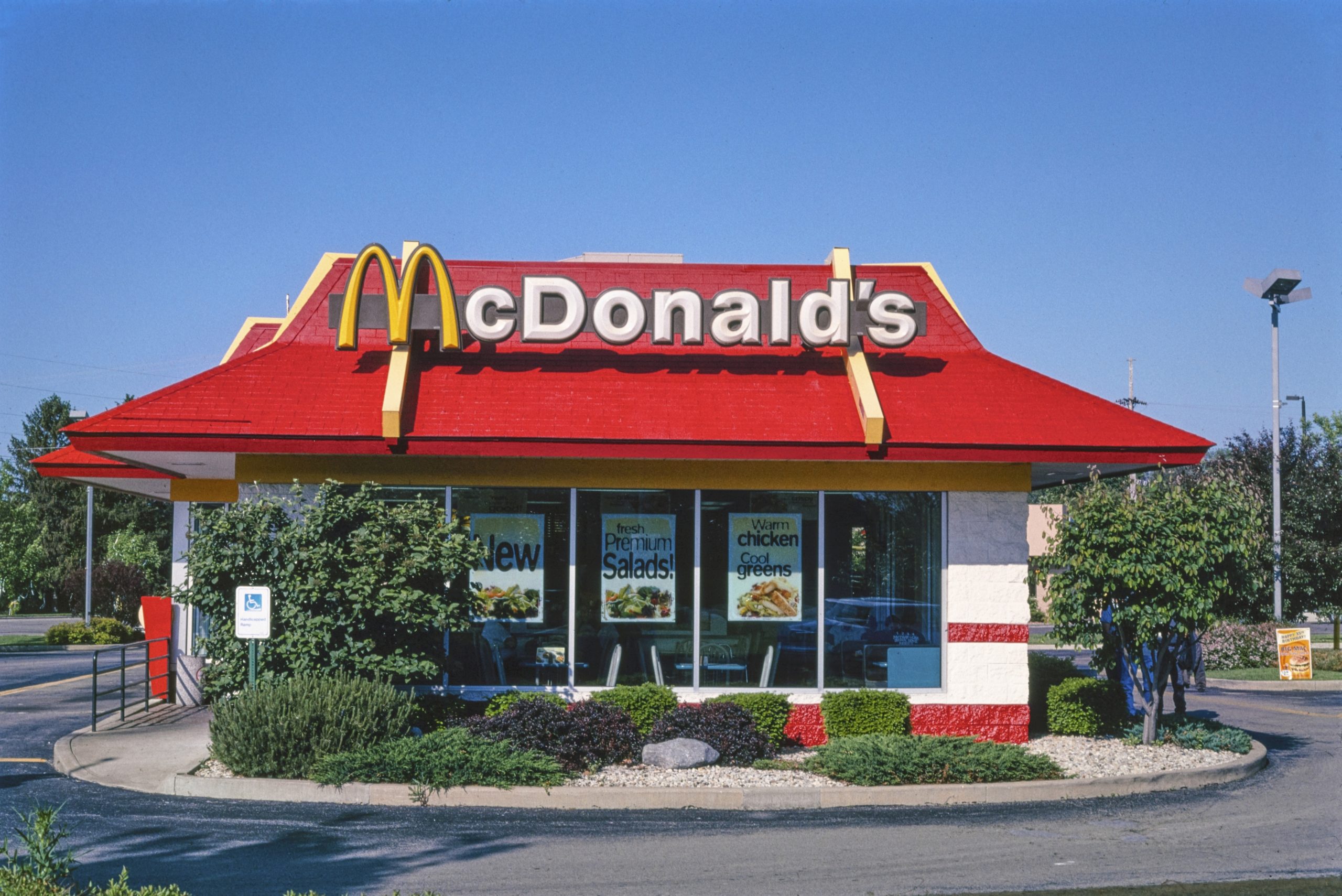
The trajectory of McDonald’s shifted dramatically in 1954 with the involvement of Ray Kroc, a distributor of milkshake mixing machines. Intrigued by the McDonald brothers’ substantial order for eight mixers, Kroc perceived the significant potential embedded in their restaurant concept. He subsequently became a franchise agent for the brothers, a partnership that would redefine the company’s future.
In April 1955, Kroc founded McDonald’s Systems, Inc., which would later evolve into McDonald’s Corporation. He opened his first McDonald’s franchise in Des Plaines, Illinois, marking the company’s initial foray east of the Mississippi River. This era culminated in 1961 when Kroc acquired the business entirely from the McDonald brothers, solidifying his control and setting the stage for widespread expansion.
Understanding the crucial role of franchisees in the company’s success, Kroc implemented rigorous standards for the operation of each McDonald’s outlet. These standards encompassed everything from food preparation techniques to cleanliness protocols. To ensure consistent adherence across the network, he established a training program in 1961, which would later become known globally as Hamburger University.

Further refining the customer experience and operational flow, Kroc eventually modified the restaurant format to include counter staff dedicated to taking orders. This period also saw the introduction of elements that would become synonymous with the brand and enhance its public profile significantly.
The company’s first official mascot, a smiling chef named Speedee, was created to symbolize the Speedee Service System. However, in 1963, the public face of the company transitioned to a clown character, Ronald McDonald. Over time, criticism regarding marketing aimed at children and an increasing negative perception of clowns led to the character being largely sidelined in the early 21st century.
A landmark addition to the menu occurred in 1968 with the introduction of the Big Mac to the national offerings. This iconic hamburger reportedly went on to become the company’s second-highest selling item globally, surpassed only by french fries.
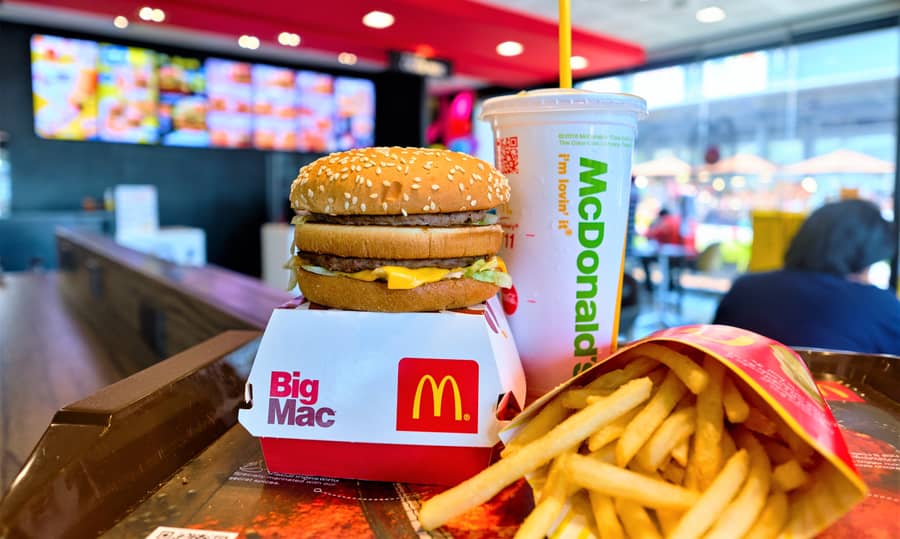
During the 1960s, the chain also refined its visual identity, eventually debuting the celebrated double-arch ‘M’ logo. Inspired by the prominent tall yellow arches that adorned earlier McDonald’s restaurant rooftops, this design became the company’s enduring symbol and achieved recognition as one of the world’s most famous logos.
The year 1975 marked another significant operational innovation when a McDonald’s restaurant in Arizona opened the chain’s first drive-through window. This feature quickly became a ubiquitous element across McDonald’s locations worldwide, fundamentally changing how customers could access its products.
These strategic and operational enhancements fueled substantial growth for McDonald’s. Less than a decade after Ray Kroc assumed sole ownership, the number of the chain’s outlets surpassed the 1,000 mark. Propelled by this robust expansion, the company’s stock commenced public trading in 1965.
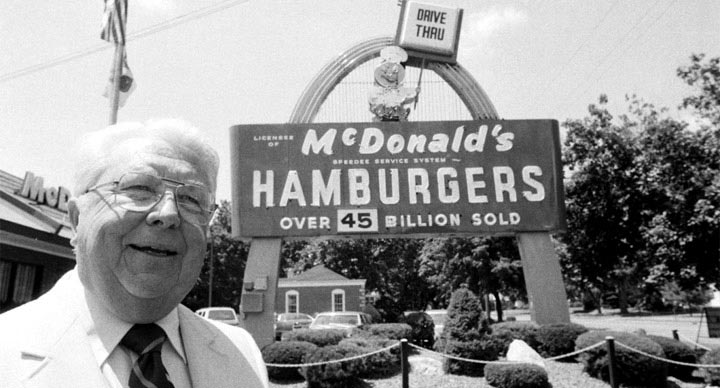
The expansion continued both within the United States and internationally. In 1967, a franchise opened in Richmond, British Columbia, Canada, representing McDonald’s first location outside the United States. By the early 21st century, the global footprint had grown to approximately 34,000 outlets operating across more than 115 countries and territories.
The pace of growth in the 1990s was particularly remarkable, with reports indicating that a new McDonald’s restaurant was opening somewhere in the world approximately every five hours. The company effectively positioned itself as the leading family restaurant by focusing on providing affordable food, a fun environment, and flavors that appealed broadly to both children and adults.
Beyond its core offerings, McDonald’s has diversified its menu over time. This expansion included popular items such as Filet-O-Fish sandwiches (1965), Quarter Pounders (1973), Egg McMuffins (1975), a full breakfast menu (1977), Happy Meals (1979), and Chicken McNuggets (1983). Restaurants in international locations also adapted their menus to align with local customs and tastes, demonstrating market responsiveness.
In a move to extend its business beyond its traditional hamburger focus, McDonald’s made several acquisitions in the late 20th century. These included Chipotle Mexican Grill (1998), Donatos Pizza (1999), and Boston Market (2000) in the United States, as well as Aroma Cafe (1999) and an interest in Pret a Manger (2001), a sandwich chain, in the United Kingdom. However, by late 2008, McDonald’s had divested its ownership or stakes in all these companies, choosing instead to concentrate exclusively on developing its own brand.
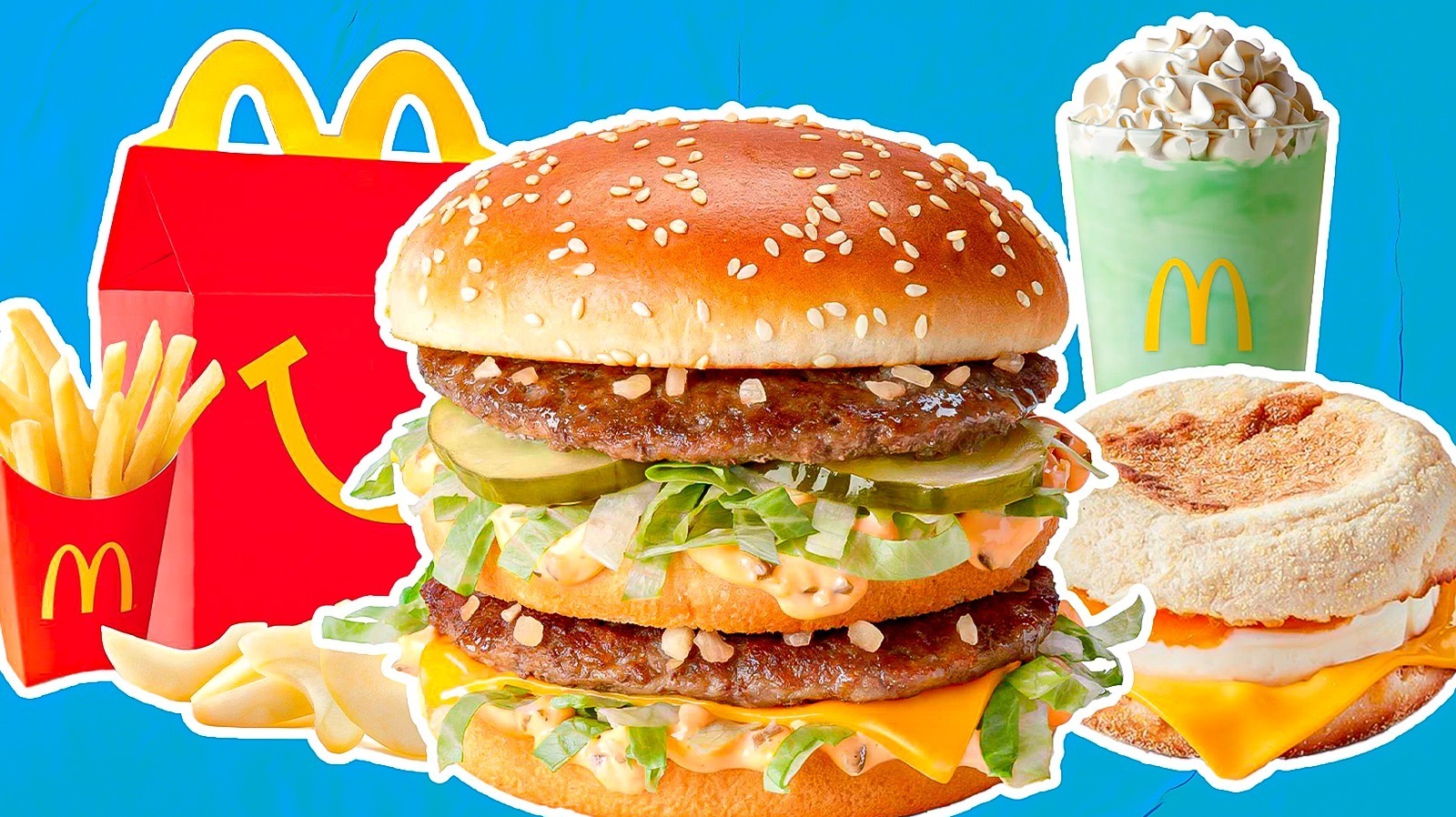
Amidst its successes, the 2000s brought increased scrutiny and criticism for McDonald’s. Much of this was linked to the perception that its food contributed to a global rise in obesity rates. The company faced various lawsuits in the United States alleging its food caused health issues. While these cases did not result in victories for the plaintiffs, they spurred several states to pass legislation preventing obesity-related lawsuits against fast-food companies.
Further pressure arose following the 2004 documentary “Super Size Me,” in which the filmmaker’s health reportedly deteriorated significantly while consuming only McDonald’s food. In response to these health concerns, McDonald’s introduced healthier options to its menu and began exploring plant-based alternatives, leading to variations like the McVegan, P.L.T., and McPlant in certain markets.
The company also took steps to modify its food production. In 2018, McDonald’s announced it had ceased using preservatives in the majority of its hamburgers. Additionally, it eliminated supersize portions and its restaurants in the U.S. and Canada stopped using trans fat in several menu items. Despite these measures, health concerns related to fast food consumption have largely persisted.
As one of the world’s largest private employers, McDonald’s has also faced persistent calls for increased wages. The term “McJob” was even added to the Merriam-Webster dictionary, defined as a “low-paying job,” reflecting a negative perception of some fast-food employment. The company has encountered criticism regarding labor practices, including protests and strikes demanding higher minimum wages, which have resulted in reputational challenges.
The environmental impact of McDonald’s operations has also been a source of concern, particularly its contribution to greenhouse gas emissions. In the early 21st century, the company launched initiatives aimed at reducing emissions both at its restaurants and within its suppliers’ beef production processes. Packaging waste has been another issue, prompting McDonald’s to implement programs to transition towards using renewable or recycled materials for bags, utensils, and other items.
Despite ongoing criticism across various fronts, McDonald’s has maintained its prominent global presence. This enduring success is often attributed to its continued adherence to the fundamental principles that fueled its expansion under Ray Kroc: providing fast service, maintaining low prices, and employing broad consumer-focused marketing strategies. In the 2020s, the company has articulated its strategic focus as “committing to the core,” emphasizing four key areas: digital ordering, delivery, drive-through service, and restaurant development – often referred to as the “four Ds.”
Understanding McDonald’s requires recognizing its dual nature as both a fast-food operator and, importantly, a real estate entity. The company either owns or holds long-term leases on the land and buildings utilized by its franchised locations. Franchisees, in turn, are responsible for the costs associated with equipment, signage, seating, and interior decor.
Related posts:
History, Ray Kroc, & Famous Menu Items
McDonald’s SWOT 2025 | SWOT Analysis of McDonald’s
McDonald’s: The Property Empire Buffett Kicks Himself for Missing

:max_bytes(150000):strip_icc()/ar-ff-batch-mcdonalds-1-mcd-ar-4xd3-f981d9d9826343fdb324132e317caefe.jpg)


